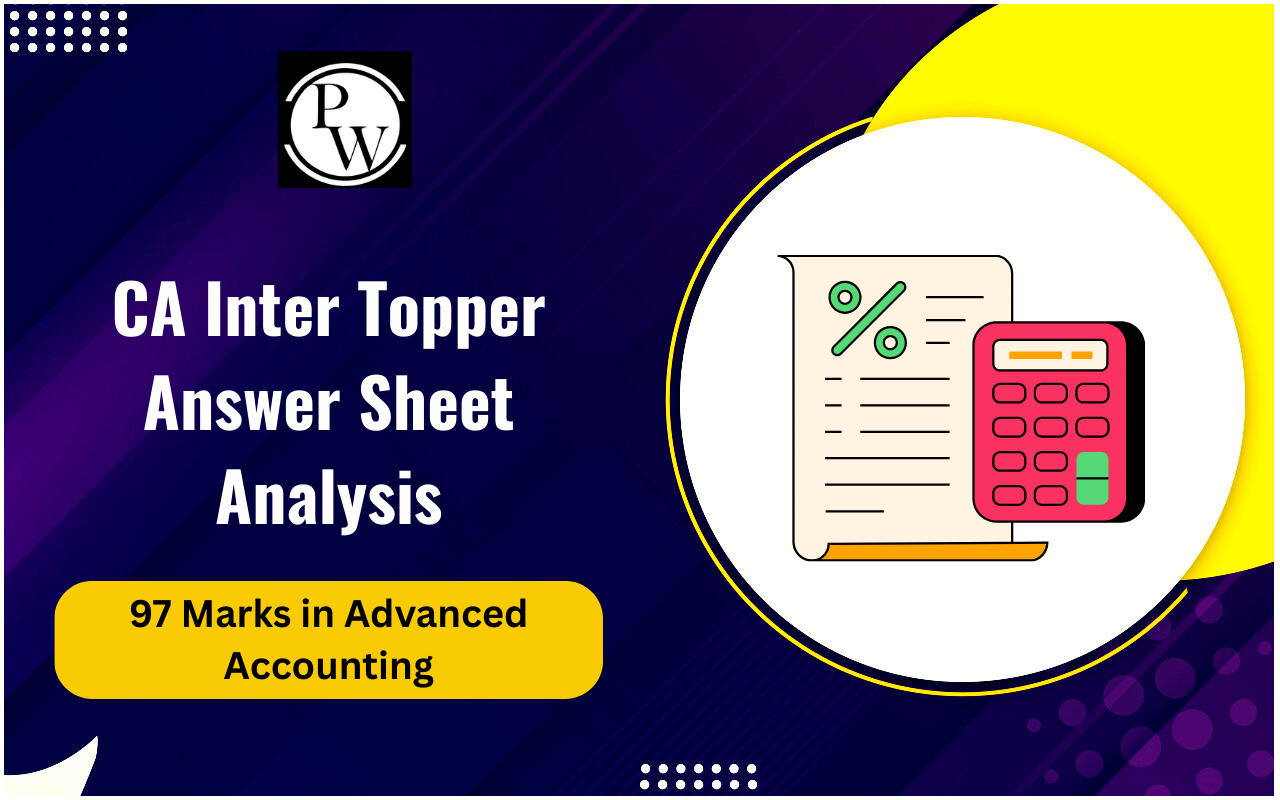
Goods and Services Tax (GST) has revolutionized the Indian tax landscape, bringing a unified tax regime under the slogan "One Nation, One Tax." While GST simplifies taxation, it introduces new concepts and procedures that are pivotal for businesses to comprehend. One such critical concept is the Valuation of Supply in GST, which determines the taxable value on which GST is calculated.
Read about Valuation of Supply in GST for CA exams , including its implications, the components involved, and how discounts and foreign transactions are treated under this system.What is Valuation of Supply in GST?
In the GST framework, the valuation of supply refers to the value assigned to goods or services for calculating GST. Unlike the earlier tax regimes that depended on varied metrics like MRP or sale value, GST relies on the transaction value. The transaction value is the price actually paid or payable for the supply of goods or services, provided the parties involved are unrelated and the price is the sole consideration for the transaction.Components of Valuation
The value of supply under GST includes the following elements:- Taxes, duties, cess, fees, and charges levied under any act (excluding GST Compensation Cess if charged separately).
- Incidental expenses such as packing, commissions, and other costs related to the sale.
- Subsidies linked to the supply, except for government subsidies.
- Interest, late fees, or penalties for delayed payment of consideration.
- Expenses incurred by the recipient on behalf of the supplier, not included in the price.
Valuation of Supply in GST Transition from the Earlier Regime
The earlier taxation system in India involved multiple indirect taxes like VAT, excise duty, and service tax, each calculated differently based on the nature of goods or services. Check the comparison below:| Tax | Value Base |
|---|---|
| Excise Duty | Transaction value or MRP |
| VAT | Sale Value |
| Service Tax | Taxable value of service rendered |
Also Read: Place of Supply in GST
Examples of Valuation of Supply in GST
Let us break this down with a practical illustration:Scenario : ABC, a manufacturer of hardware tools, sells a power drill to XYZ, a wholesaler, at a discounted price of ₹3,000, although the MRP is ₹5,500.
| Invoice Structure Under GST | |
|---|---|
| Details | Amount (₹) |
| Power Drill | 3,000 |
| Add: CGST @9% | 270 |
| Add: SGST @9% | 270 |
| Total | 3,540 |
Impact of Discounts on Valuation of Supply in GST
Discounts are a common practice in business transactions, and GST has specific provisions to handle them:Pre-supply Discounts : If discounts are provided before or at the time of supply, they are deducted from the transaction value.
Post-supply Discounts : Discounts given after supply are eligible for deduction only if specified in the agreement and the recipient reverses the corresponding tax credit.
These provisions ensure transparency and accurate valuation while accommodating business practices.Valuation of Supply in Foreign Currency Transactions
For international transactions, the valuation of supply follows RBI guidelines for exchange rates:- In the case of exports, invoices raised in foreign currency are converted to INR using the RBI exchange rate.
- For imports where reverse charge is applicable, the invoice amount is also converted using the RBI exchange rate.
Challenges in Valuation of Supply under GST
While the GST regime has simplified indirect taxation, businesses still face challenges in understanding and implementing valuation rules. Proper documentation, accurate calculation of transaction values, and compliance with GST provisions are crucial to avoid penalties. For CA students aspiring to master GST concepts, understanding the Valuation of Supply in GST is a cornerstone of success. It not only prepares them for exams but also equips them to handle practical scenarios effectively. Mastering concepts like the Valuation of Supply in GST is crucial for excelling in CA exams. Enroll in PW CA Courses today and get access to expert guidance, comprehensive study materials, and practical insights that help you crack the CA Exam with confidence.| Also Check: | |
| Advance Tax | Income from Other Sources |
| Accounting for Branches | Residential Status Under Income Tax Act |
| GST Composition Scheme | CGST |
Valuation of Supply in GST FAQs
What is the transaction value in GST?
Are discounts included in the valuation of supply under GST?
How is valuation determined for foreign currency transactions under GST?
What elements are included in the valuation of supply under GST?
How is GST different from the earlier tax regime in terms of valuation?






